Glen Lake Rotary Park (aka Bozeman Beach) is located in Bozeman, Montana. The park features a small 4-acre lake that provides a great opportunity for recreational activities such as kayaking and fishing. There are plenty of trails within the 83-acre recreational area. The forest hosts many wildlife species such as black bears and deer for example. Surrounding the park is a golf course and other human developmental areas. When I first visited the park in October of the year 2022, I was in awe of the beauty when walking the trails. The vast diversity of flora and fauna within the overall ecosystem is truly remarkable.
For this project, I wanted to explore the human perception of drone and macro photography shots. Then use this exploration of human perception and relate it to how wildlife perceives the world. I first started this project by walking along the trails from February to March. Throughout my weekly nature walks, I started questioning everything around me. I began to wonder how many organisms live in a tree. I wondered how many wildlife species I have passed on the trail, and I just didn’t observe. I started to question what reality would be like to be a microscopic, small, large, and flying organism. Many questions were running through my mind as to how wildlife perceives the environment. Is it possible for humans to even comprehend how animals perceive the environment? This is the main question that sparked my interest in relating human to wildlife perception.



In order for myself to begin thinking about human vs wildlife perception, I read “How Animals See Themselves” by Ed Yong. He explores how animals are used within films and our connection to wildlife. Yong talks about how if we think like Umwelten, we can bring new light to our world and the animals we share it with. Essentially the Umwelt concept is about how everything we know about nature is an illusion. Yong also mentions how “our own senses constrain us, creating a permanent divide between our Umwelt and another animal’s” and how technology can serve as the bridge for that (1). I started to think that maybe technology can serve as the bridge between our human perception and that of wildlife. To further explore this, I flew my drone across the park in order to get a birds eye view of the landscape.

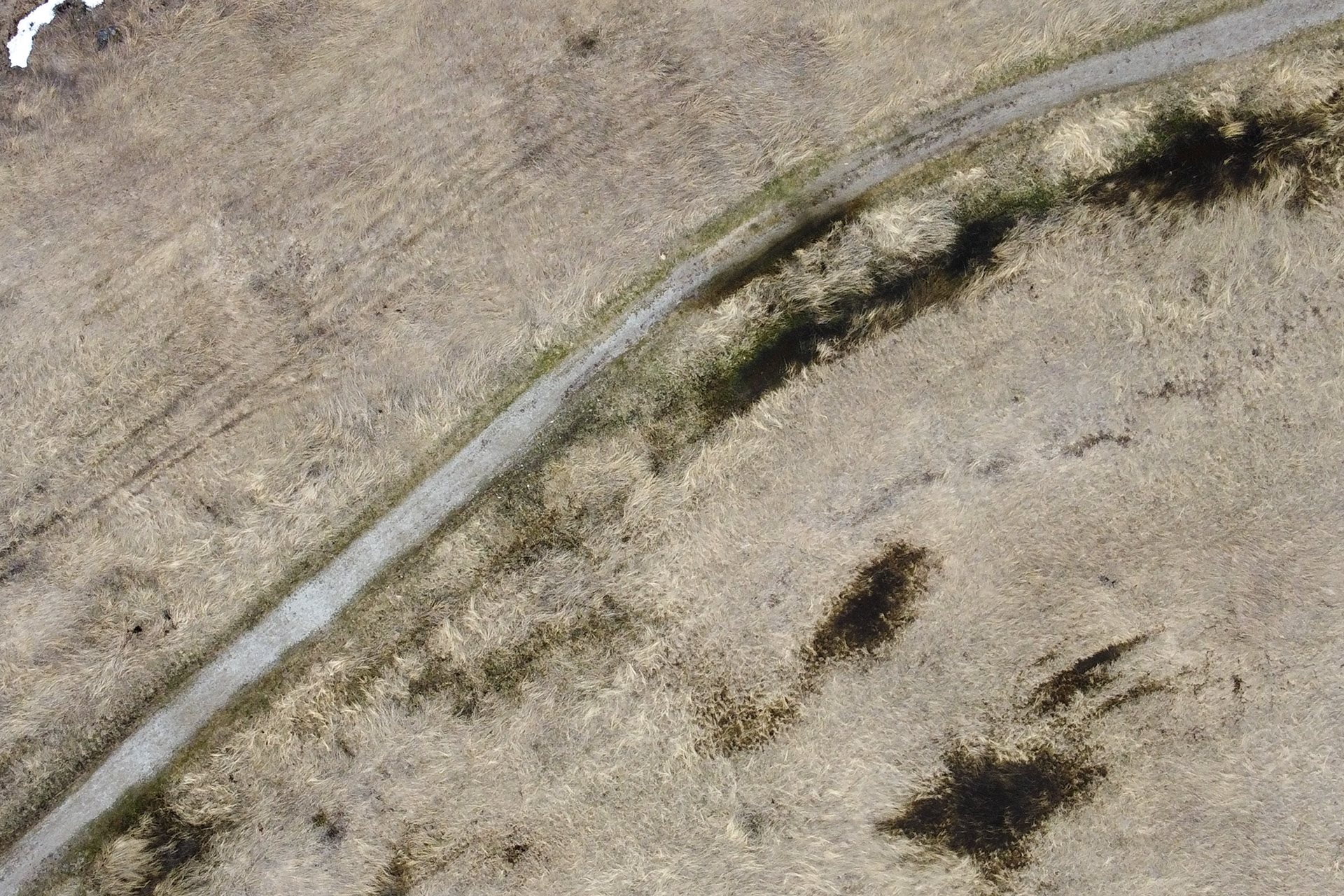


The drone images featured above serve as a connection for us to understand how a bird may perceive the landscape. When I examined these drone images, I could instantly understand the scale of all of the features such as the river, trails, and trees from being there in person. The thing that interested me the most about these pictures is the textures within the overall compositions. The trees for example look like lichen. The dead grass in the field looks like the fur of a white-tailed deer. I began to perceive the textures as small in regard to object size. To further my examination of the textures, I then went out on a mission to take drone photos of only the textures and objects within the landscape. I wanted to do this to see if our perception of a bird's point of view would be misleading.


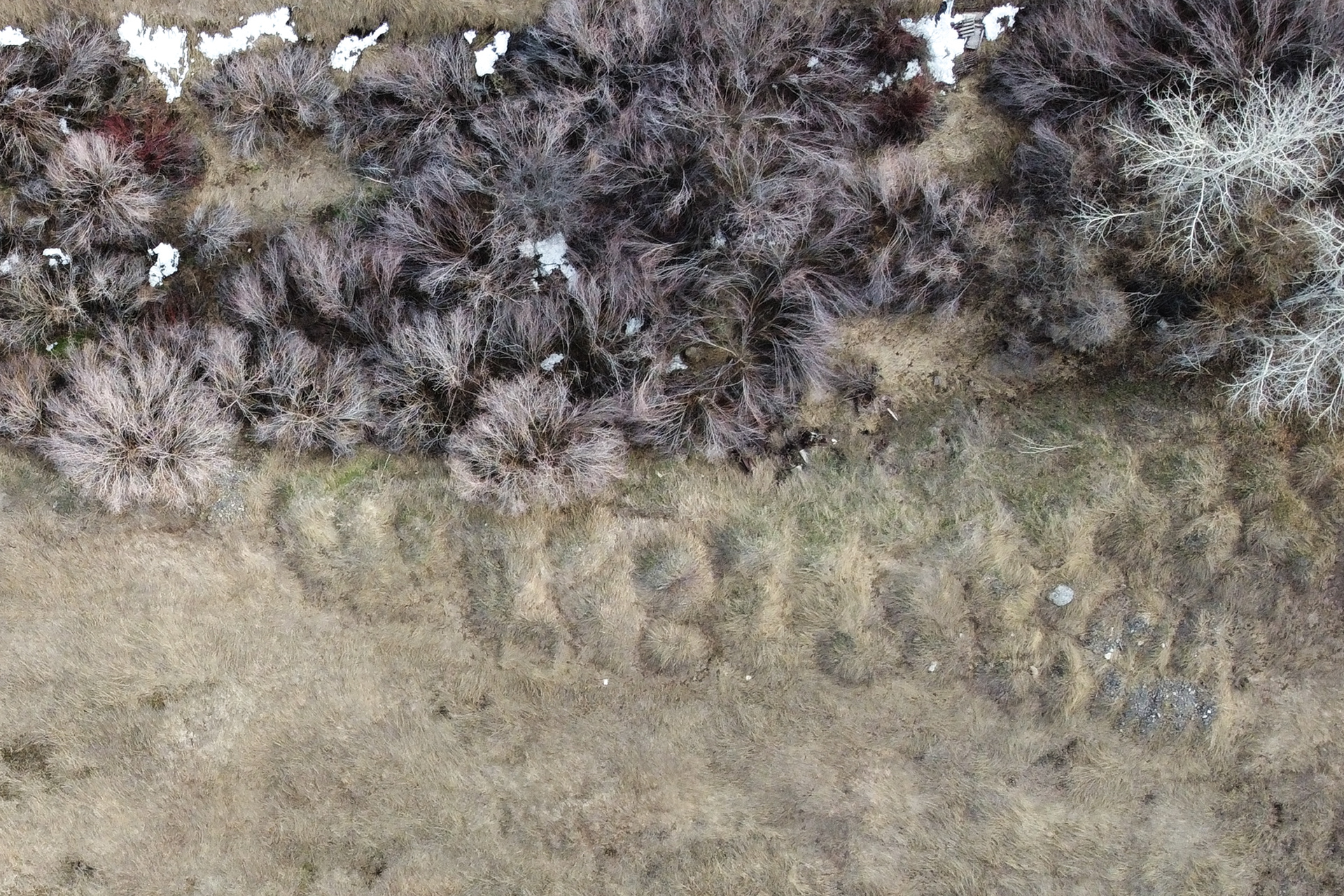



After taking the drone photos featured above and examining them, I can truly say the human perception of a bird’s point of view can be very misleading. The white aspen trees look like lichen. The bushes are a variety of different colors that look very similar to different kinds of moss, lichens, and air plants found on trees. All of the drone photos focused on texture look like macro photography photos. I then wanted to examine to see if macro photography photos focused on textures could possibly resemble drone photos.
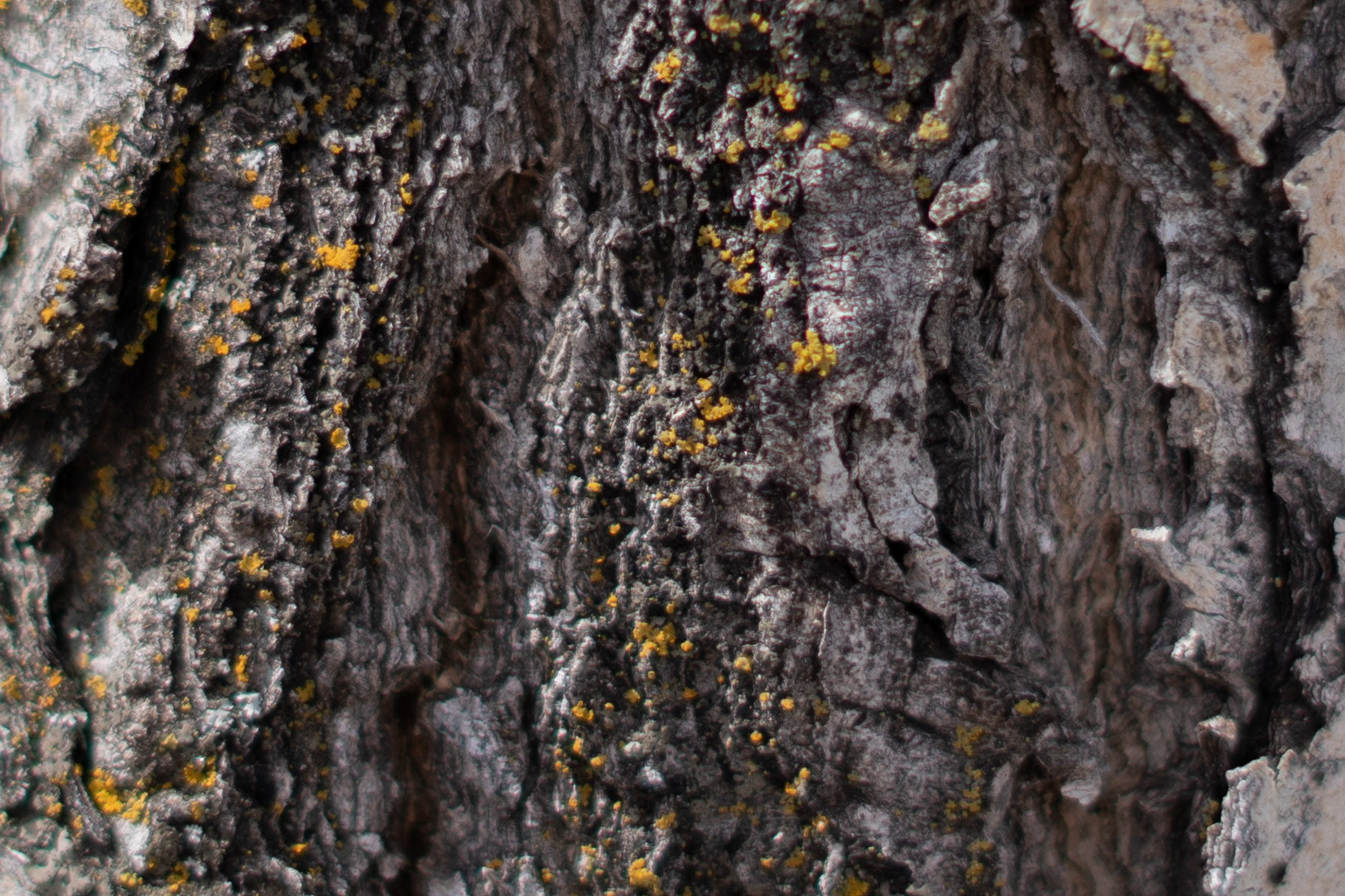
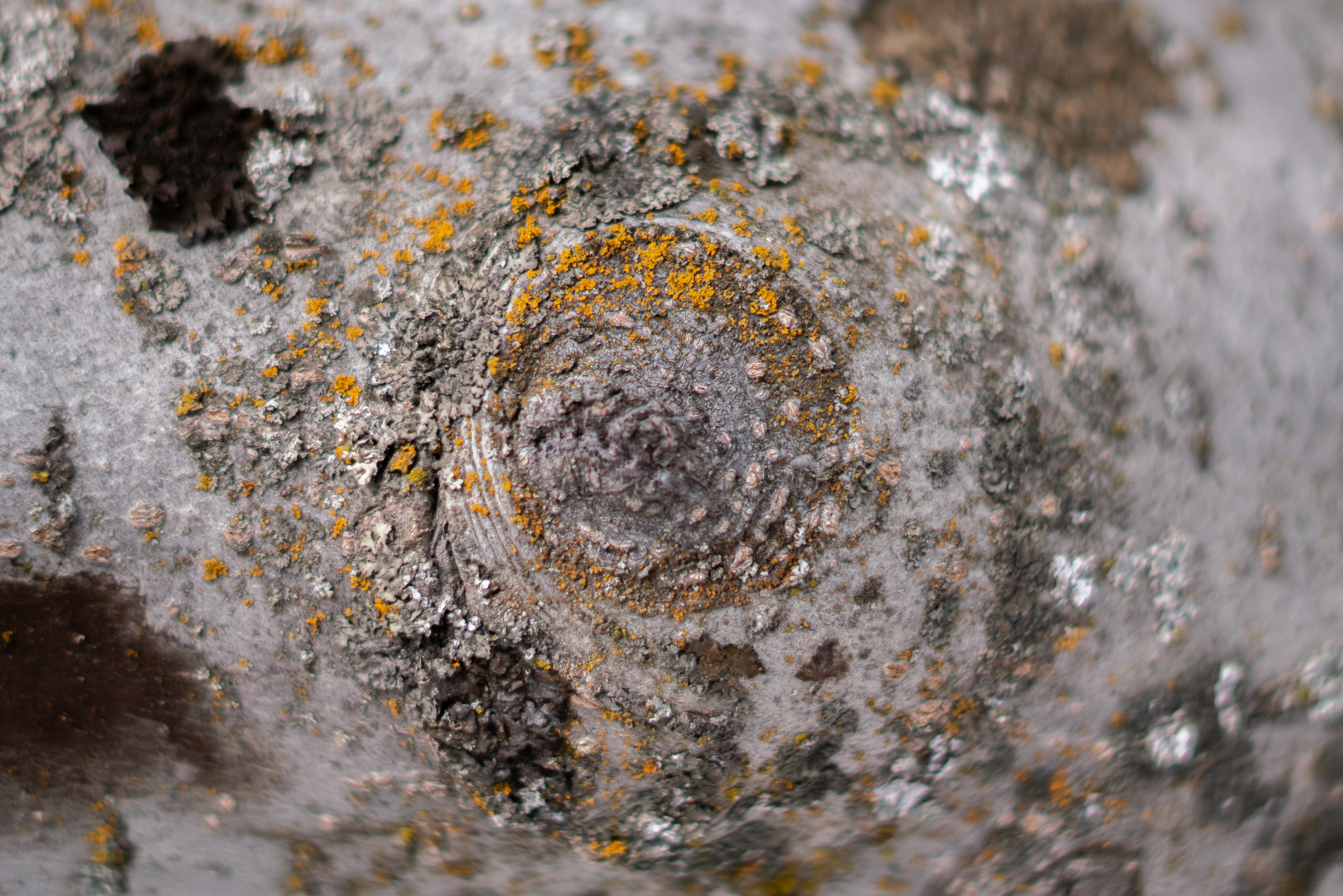



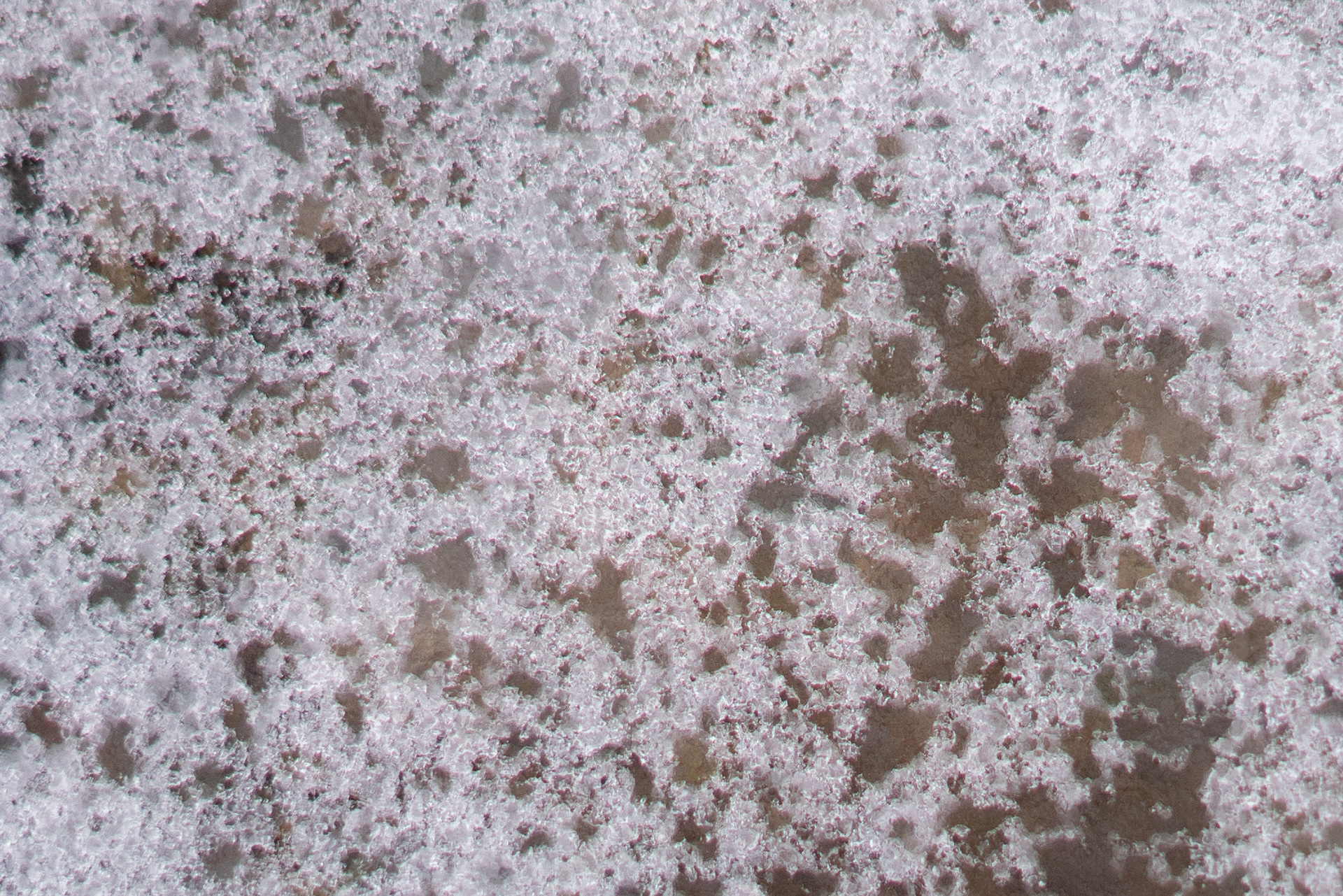
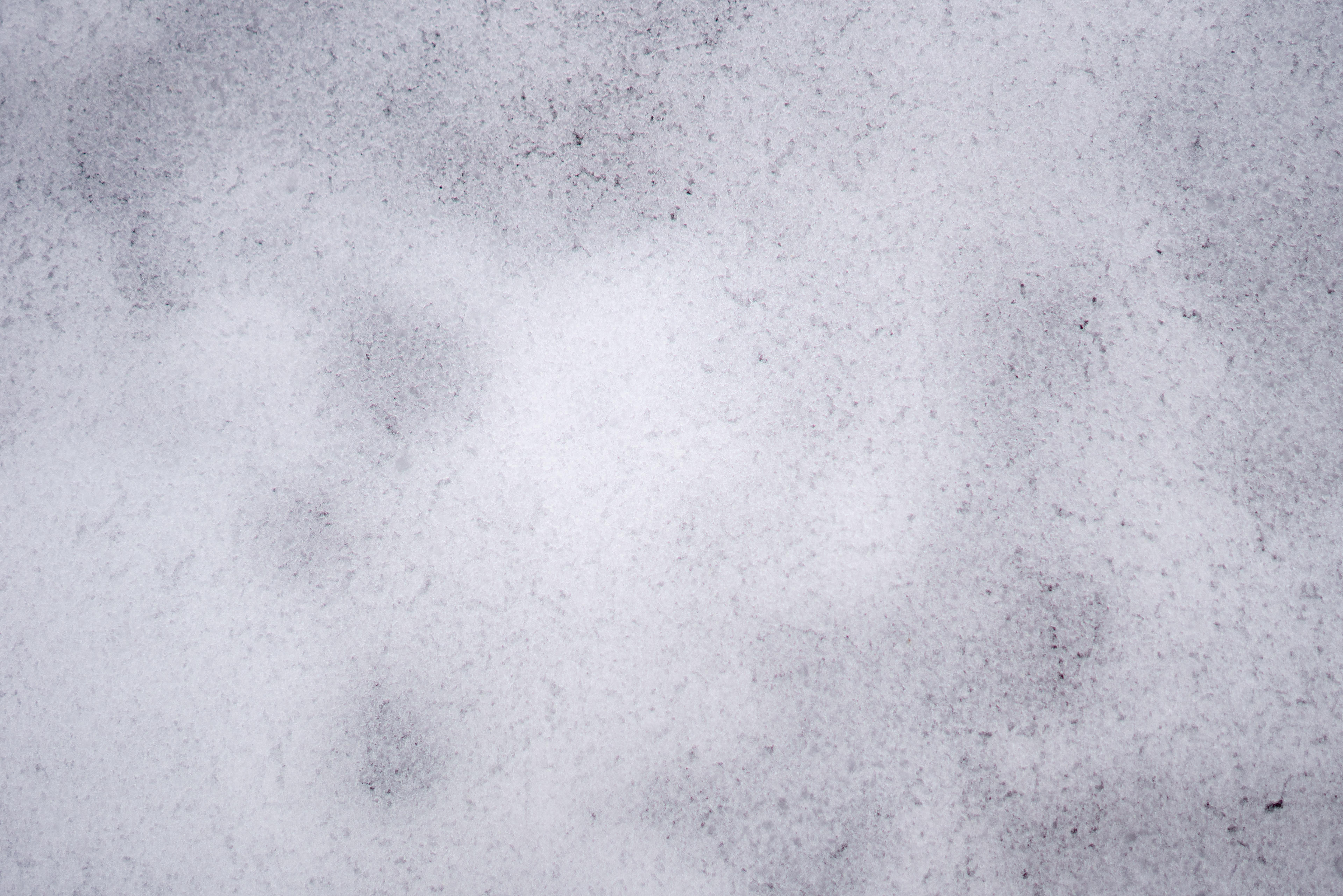
Upon examining the macro photography photos featured above, I can’t say that I can perceive all of the textures as drone photos. However, I most definitely can perceive the two fully white snow/ice photos as drone photos. Although the other macro photography photos can’t be perceived as drone photos, I do however see each of the photos as a world within itself. After reading “How Animals Perceive the World” by Ed Yong, I can truly understand what he was saying when he said, “every animal is enclosed within its own sensory bubble, perceiving but a tiny sliver of an immense world” (2). When I look at these macro photos, I see a vast landscape for a tiny organism such as an ant. I can only imagine how they would perceive this macro landscape. In the film Swarm Season by Sarah Christman, there were many macro shots of bees (3). I felt this was used for us to feel more connected to them. In a way, these macro images are the same thing. I feel connected to the macro environment that small organisms would live in. So, I am assuming in order for us to begin to understand how wildlife perceives the environment, we must first understand the point of view of the organism. This further supports what Ed Yong was stating about how “our own senses constrain us” and we must use cameras to connect us to wildlife (1). However, I do not believe the camera can be used for us to understand what an animal perceives.
Animals in general have many unique visual adaptations for perceiving the environment. For example, a bald eagle “can see eight times farther than humans and spot something from about 2 miles away” (4). This gives me a sense that we can never truly understand how animals perceive the environment. We can only imagine. That further supports what Ed Yong mentioned with how “everything we know about nature is an illusion” (1). Our natural ability to perceive exactly what animals perceive is impossible. However, the camera can be used to bring us closer to understanding. This project helped me explore my own understanding of how I perceive the world. Furthermore, it helped me understand how we can never truly understand how animals perceive the environment because our own senses constrain us.
1. Ed Yong, "How Animals See Themselves," The Atlantic, June 13, 2022
2. Ed Yong, "How Animals Perceive the World," The Atlantic, June 13, 2022
3. Sarah Christman, Swarm Season, 2019
4. James Morgan, “How Far Can an Eagle See?” N.D.
